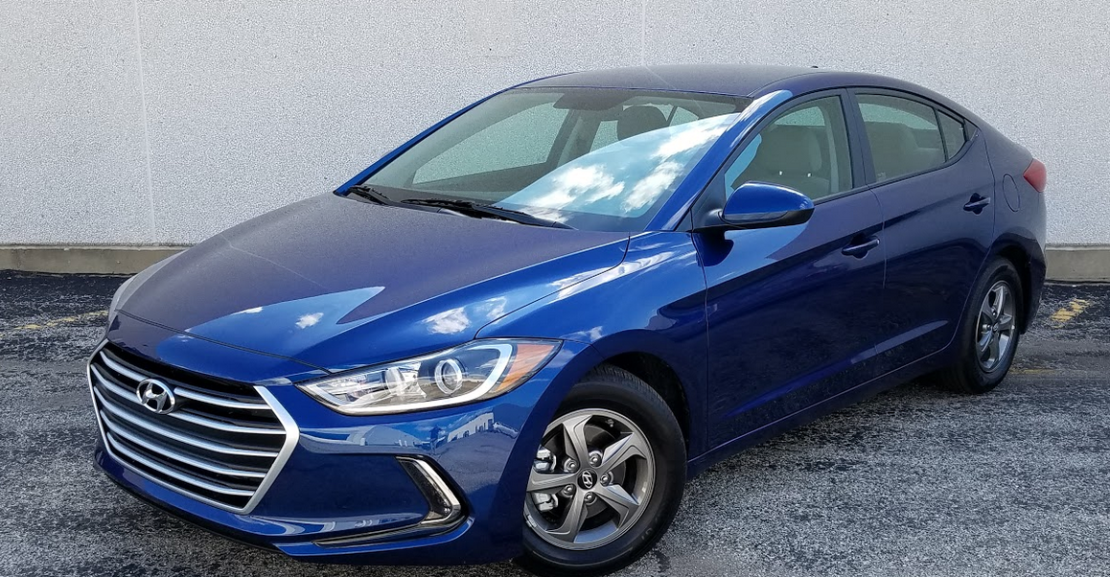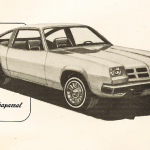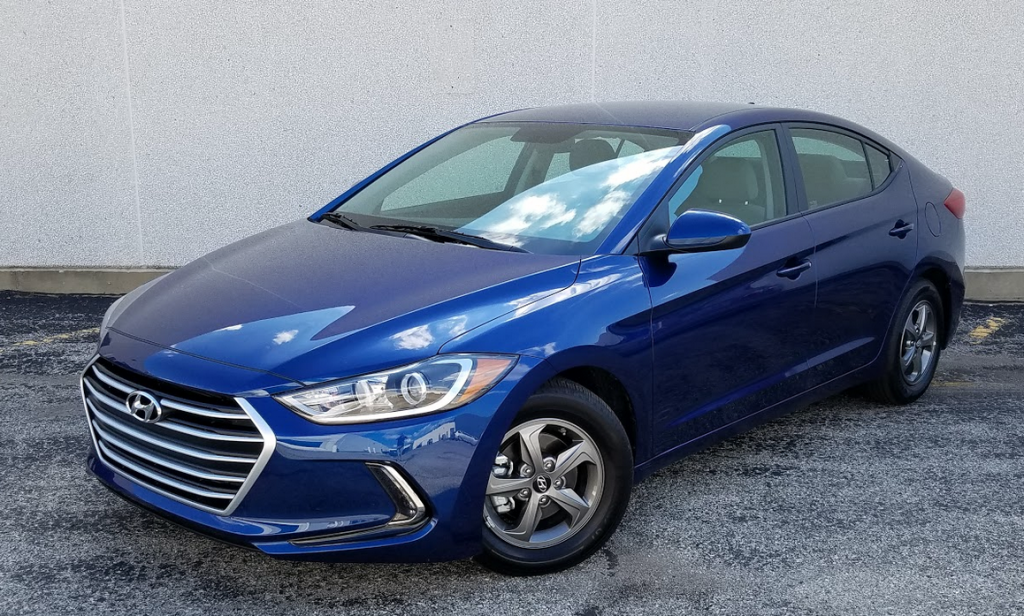
Class: Compact Car
Miles Driven: 1766
Fuel Used: 45.5 gallons
Real-world fuel economy: 38.8 mpg
| CG Report Card | |
|---|---|
| Room and Comfort | B- |
| Power and Performance | C+ |
| Fit and Finish | B- |
| Fuel Economy | A- |
| Value | A |
| Report-card grades are derived from a consensus of test-driver evaluations. All grades are versus other vehicles in the same class. Value grade is for specific trim level evaluated, and may not reflect Consumer Guide's impressions of the entire model lineup. | |
| Big & Tall Comfort | |
| Big Guy | B- |
| Tall Guy | B- |
| Big & Tall comfort ratings are for front seats only. "Big" rating based on male tester weighing approximately 350 pounds, "Tall" rating based on 6'6"-tall male tester. | |
Driving mix: 25% city, 75% highway
EPA-estimated fuel economy: 32/40/35 (city/highway/combined)
Base price: $20,650 (not including $835 destination charge)
Options on test car: Carpeted floor mats ($125)
Price as tested: $21,610
More on Elantra prices and availability
Quick Hits
The great: Fuel economy, competitive pricing
The good: Decent ride, quiet interior
The not so good: So-so interior materials, non-linear transmission performance
Check out Consumer Guide’s Compact Car Best Buys
Damon Bell
When the Hyundai Elantra was redesigned as an early 2017 model, a special Eco version was added to the model lineup. It’s not unusual for an automaker to offer a fuel-economy-oriented version of its mainstream compact car, but the Elantra Eco goes a bit further than most.
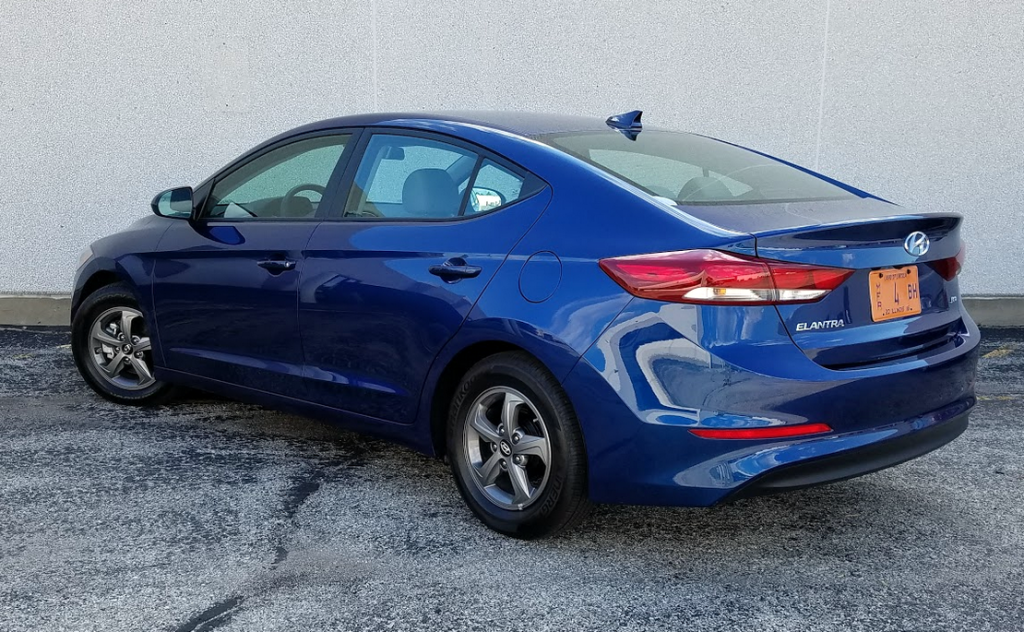
Most eco-focused versions of mainstream compact cars employ incremental efficiency-boosting measures—such as low-rolling-resistance tires, subtle aerodynamic changes, or good ol’ weight reduction—to eke out a bit more fuel economy. The Elantra Eco gets its own stand-alone powertrain that isn’t offered on its SE and Limited siblings: a turbocharged 1.4-liter 4-cylinder that’s paired with a 7-speed “EcoShift” dual-clutch automated-manual transmission, and rated at 128 horsepower and 156 lb-ft of torque. (By comparison, Elantra SEs and Limiteds come standard with a 2.0-liter four with 147 hp and 132 lb-ft of torque, and offer a traditional 6-speed manual or 6-speed automatic.) The Eco’s engine is EPA-rated at 32 mpg city/40 mpg highway/35 mpg combined, easily topping the 26/36/32 rating of the top-line Elantra Limited.
Test Drive: 2016 Ford Focus Titanium
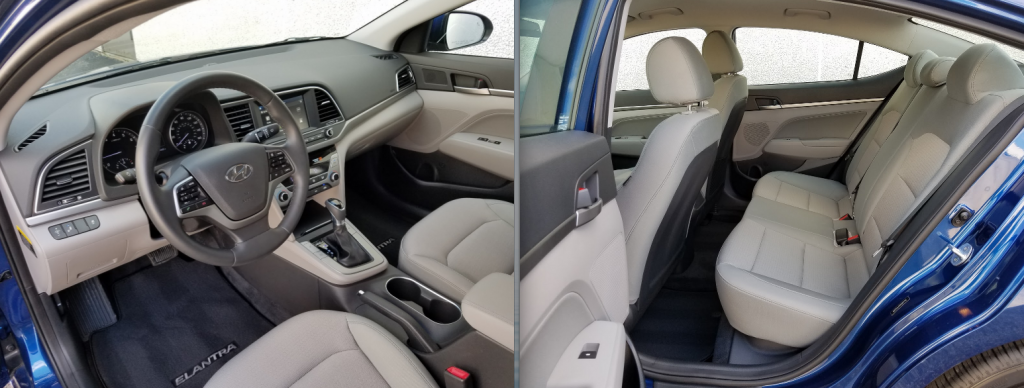
The Eco moniker applies to sticker price as well. Our tester came with just one extra-cost item—a set of carpeted floor mats that added $125—and the bottom-line sticker price came out to $21,610 including destination. That affordable price includes a decent number of standard features, including Apple CarPlay and Android Auto capability, Bluetooth connectivity, heated front seats, leather-wrapped steering wheel, keyless entry and starting, 7-inch touchscreen infotainment system, and a hands-free smart trunk which opens automatically if you stand at the back of the vehicle with the key fob for more than three seconds.
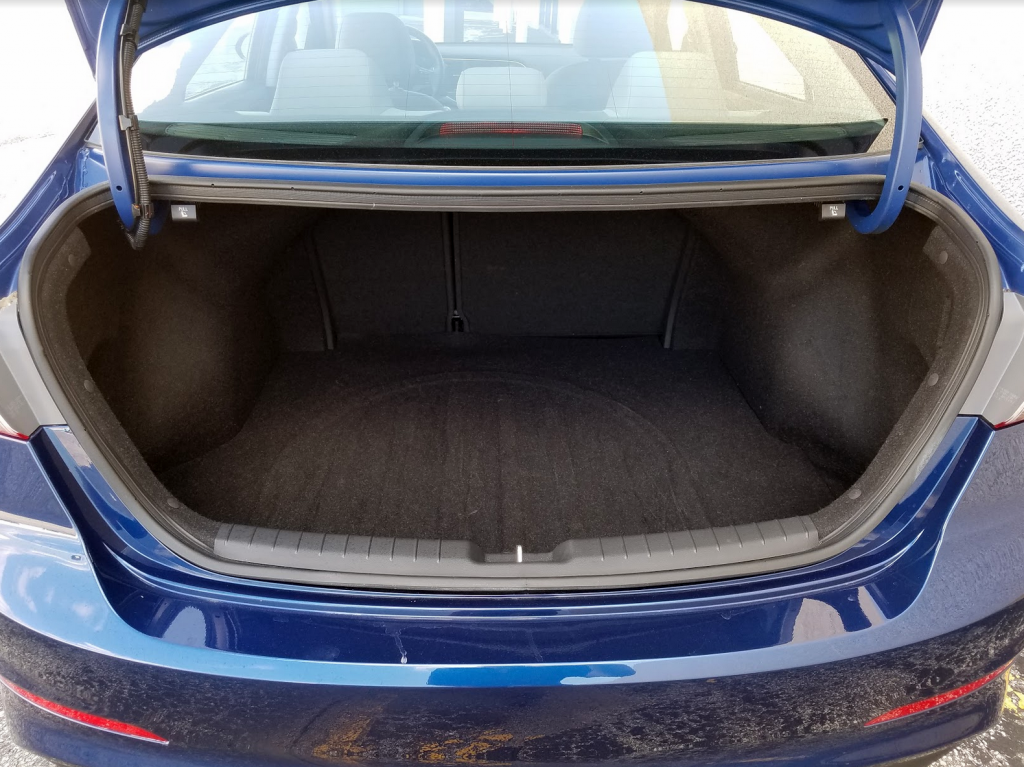
Standard safety equipment includes the expected anti-lock brakes, stability control/traction control, and airbags (including a driver’s-side knee airbag), plus blind-spot detection with rear cross-traffic alert and a rearview camera with dynamic guidelines.
Unfortunately, there are no options available on the Elantra Eco… if you want upscale features such as leather upholstery, a power driver’s seat, sunroof, or heated rear seats, navigation system, or upgraded stereo—or safety technology such as a forward collision mitigation system or lane-departure warning—you’ll have to step up to a Limited model, which doesn’t offer the Eco’s fuel-saving features. (You can check out our review of the Elantra Limited model here.)
Test Drive: 2017 Hyundai Elantra Limited
I had plenty of time to get acquainted with our Elantra Eco test vehicle—I put over 1700 miles on it, the vast majority of them on a cross-country road trip through the mostly flat terrain of Illinois and Iowa. The Eco’s engine certainly isn’t the gutsiest in the compact-car class, but it delivers adequate go nonetheless. We managed a 0-60-mph run of 9 seconds flat in our testing, and I never felt particularly stressed about having enough power for highway passing or merging on to the freeway during my long road trip. Like other Elantras, the Eco comes with a Drive Mode Select feature that allows the driver to choose Normal, Eco, and Sport modes, which alter powertrain behavior accordingly.
To me, the biggest downside of the Elantra Eco powertrain (and, for that matter, the car as a whole) is the wonky behavior of the 7-speed dual-clutch transmission. Compared to traditional automatic transmissions, automated-manual gearboxes typically exhibit some power-delivery quirks, such as a delayed response when pulling away from a stop, and occasional bogging and surging in low-speed driving situations—like when trolling through a parking lot or maneuvering into a parking spot. I found these annoying traits to be particularly pronounced in the Elantra Eco, and I never completely acclimated to them over my long test drive. So, the transmission behavior is a definite “try before you buy” proposition.
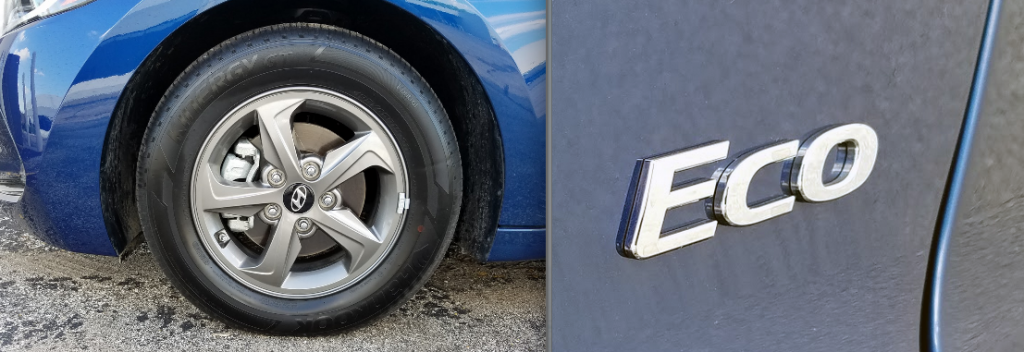
However, the efficiency of the automated-manual transmission is an important part of the Elantra Eco’s fuel-economy recipe, and I certainly appreciated the fuel-economy numbers I was able to achieve. Over my entire trip, I averaged 41.7 mpg in mostly highway driving, comfortably beating the 40-mpg EPA estimate. In fact, my best single-tank-fill average—achieved in ideal, wind-at-my-back driving conditions—was 46.5 mpg. The Elantra’s 14-gallon fuel tank is another benefit. On my road trip, I was able to drive a little more than 450 miles on 11.6 gallons of gas… with a bit of hypermiling and/or optimum driving conditions, a total range that tops the 500-mile mark should be easily achievable.
Test Drive: 2016 Honda Civic EX
The Elantra Eco’s most distinctive exterior feature might be its “downsized” wheels; it comes standard with 15-inch alloy wheels and tires that look almost diminutive compared to most other new compacts (which are usually seen wearing 17s). The Eco’s extra-tall tire sidewalls make for a slightly cushier ride over sharp bumps and should provide more wheel-rim protection over sharp bumps and potholes. The basic Elantra is no match for a Ford Focus or Mazda 3 when it comes to sporty, engaging handling, but the chassis and suspension improvements of the redesigned ’17 model make it comfortable and capable in everyday cornering. Road and wind noise are nicely muffled, so the Elantra is respectably quiet at highway speeds… though the engine can be noisy when accelerating.
The Elantra’s cabin materials aren’t particularly plush, but they are sturdy and nicely assembled. The Eco does without the Limited model’s upscale trimmings, so the seats are basic cloth and there’s plenty of unadorned plastic. Hyundais typically score high marks for having clean, no-nonsense, easy-to-use control layouts and the new Elantra keeps up this tradition. It’s not as dynamic design-wise as some other compact rivals, but everything is easy to find and simple to use.
In any of its forms, the Elantra is a good, honest compact car. The Eco model delivers clear fuel-economy gains at very competitive price that makes it a compelling choice–if you can tolerate the behavior of the automated-manual transmission and live without a few luxury features.
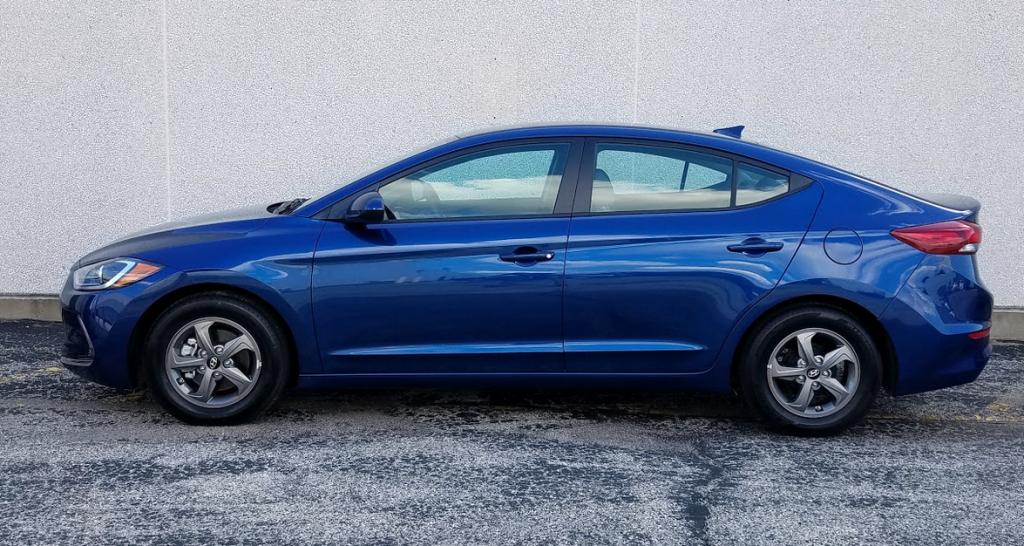
Test Drive: 2016 Mazda 3 i Grand Touring

